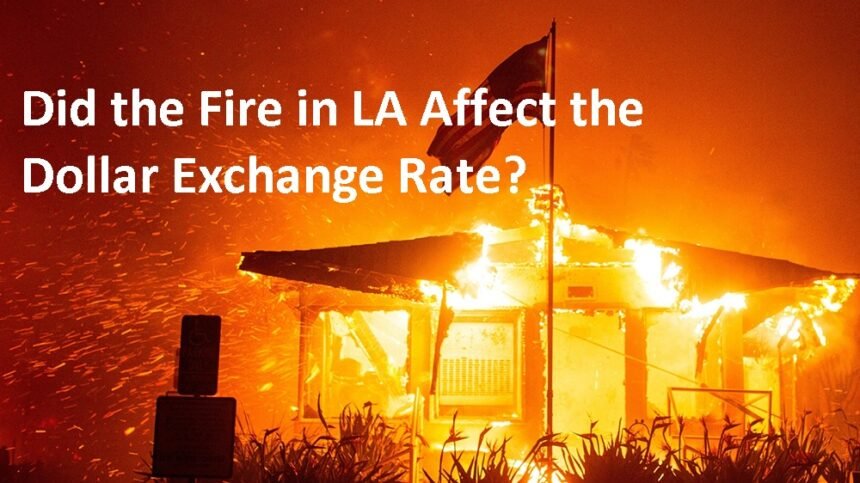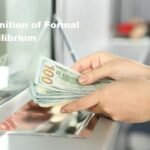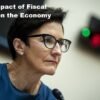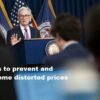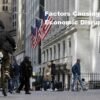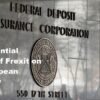Background to the Los Angeles Fire
The large fire that occurred in Los Angeles started on January 7, 2025 and quickly spread to various locations, including densely populated areas such as Pacific Palisades and Malibu. In a short time, this fire became one of the most destructive events in the city’s history, affecting more than 10,000 buildings and burning more than 37,000 hectares of land. The complicated extinguishing process was handled by thousands of firefighters battling strong winds, making the fire difficult to control.
Apart from causing significant physical damage, this fire was also triggered by unusual environmental factors, including Santa Ana wind speeds reaching 160 kilometers per hour. These weather conditions create very dry conditions, making it very risky for forest fires. Local governments and environmental organizations are beginning to examine the factors that exacerbate this situation, placing emphasis on the importance of mitigating efforts against broader climate change.
Reactions from the public were varied, many people received help, including from celebrities who were affected. Local authorities implemented massive evacuation and rescue measures, requiring more than 180,000 residents to leave their homes. These fires are not just a local problem but are attracting international attention regarding how the impacts of climate change can affect people’s daily lives.
This event is a strong reminder of the potential threat of natural disasters and underscores the importance of preparedness and handling disasters in the future. From this event, we can learn a lot about how disasters can change the social and economic structure of affected areas.
Economic Impact of Fire
The financial losses from the fires in Los Angeles have been stark. It is estimated that the economic losses could reach between 52 and 130 billion US dollars, making it one of the most expensive disasters in United States history. Not only does it include losses to physical assets such as homes and businesses, but also lost added value can certainly hit the local and national economy, resulting in wider impacts in other sectors.
The insurance sector is experiencing intense pressure due to a sharp increase in claims. Many insurance companies estimate that they could experience mass bankruptcy considering the huge claims burden. Shares of insurance companies immediately plunged, indicating a direct impact on investor confidence and a potential downturn in the financial ecosystem. Uncertainty surrounding uninsured losses also adds to tensions in financial markets.
Estimates suggest that insured losses could reach 20 billion dollars, while uninsured losses could exceed 100 billion dollars. This figure has the potential to weigh heavily on the country’s economy, and economists are starting to estimate how this calculation could affect investment allocation and monetary policy in the long term. A more strategic approach is needed to mitigate the risks presented by large forest fires like this.
These losses not only affect related industries but also spread to other sectors such as property and the supply of goods. Large companies operating in this space have been forced to adjust their operations to maintain now-stressed profitability. Therefore, collaborative efforts are needed from all parties to improve and prepare the economy after this disaster.
The Relationship of Fire to the Dollar Exchange Rate
The fire incident in Los Angeles had a significant impact on the US Dollar exchange rate. In an economic context, many factors influence currency exchange rates, including political stability, the local economy, and market reactions to natural disasters. With this huge loss, market players began to question the strength of the US Dollar and how stable the economy could withstand this impact.
The stock market becomes more sensitive to negative information like this, and mass selling often occurs when investors lose confidence. There are projections that the dollar exchange rate could experience a decline in the short term, especially if this disaster further affects the production and distribution sectors of goods. However, there is also an argument that government spending on reconstruction will increase the flow of cash flows into the market, which could support the dollar exchange rate.
Economists also debate the potential strengthening of the Dollar in the context of the response to these fires. Some argue that after going through a period of uncertainty, foreign investors will again seek investment in the US as a safe haven. This will probably make the dollar strengthen again, especially if the macroeconomy remains solid and is able to withstand the impact of this disaster.
Post-fire US Dollar exchange rate projections still depend on various macroeconomic factors and the response of the government and private sector to the situation. Therefore, despite potential downside in the short term, long-term optimism may return if effective recovery measures are implemented. This also shows that as the economic system adapts, there is hope that the dollar will return to stability.
Conclusions and Personal Opinions
From the analysis of the various factors above, it can be concluded that the fire in Los Angeles had a major impact on the economy and the US Dollar exchange rate. The losses suffered were significant, with a staggering figure exceeding 100 billion dollars. This shows that natural disasters can affect not only local communities but also the national economy as a whole.
The opportunity for the US Dollar to strengthen or decrease is still a matter of discussion among economists. Some are optimistic that the long-term impact will bring positive change, while others worry about lasting negative effects. Therefore, both investors and the general public must monitor developments aggressively, and make decisions based on existing data and projections.
The current situation provides valuable lessons about the need to mitigate future disaster risks and how data-based policies can help strengthen economic resilience. With increased infrastructure resilience and rapid response to climate change, it is hoped that similar disasters can be better managed in the future.
Ultimately, the hope is that the government and community come together to rebuild Los Angeles, allowing the affected areas to recover and emerge stronger. I am optimistic that wise and comprehensive policies can direct the dollar exchange rate to strengthen, in line with sustainable economic recovery.

